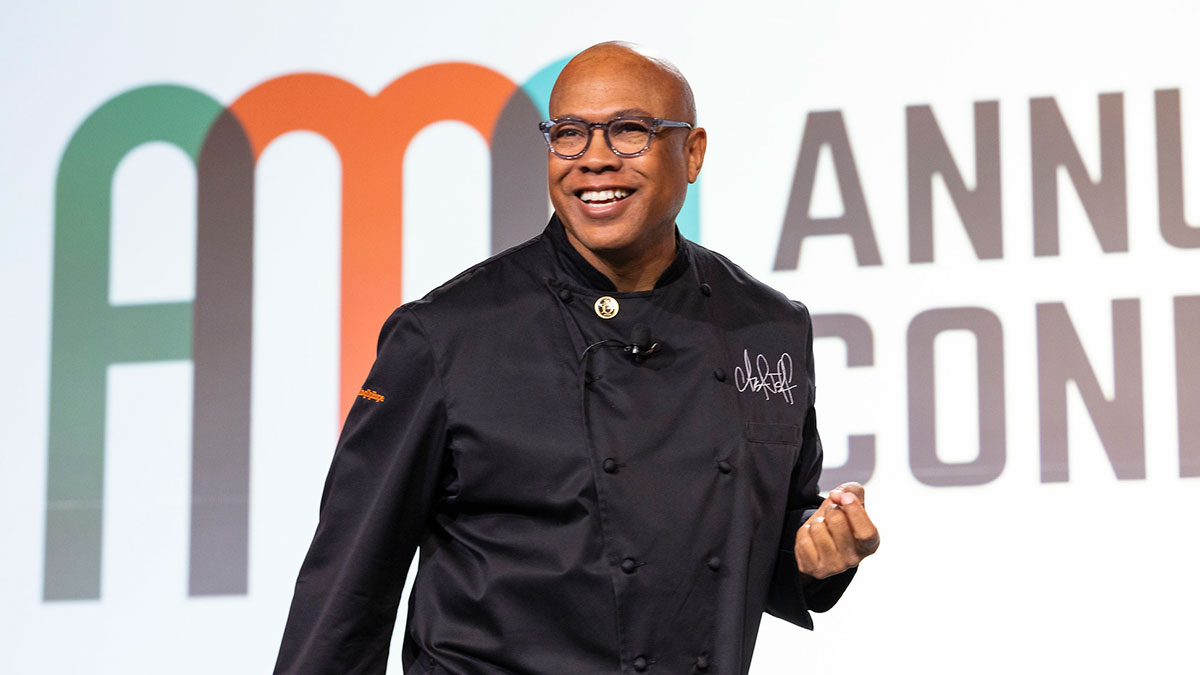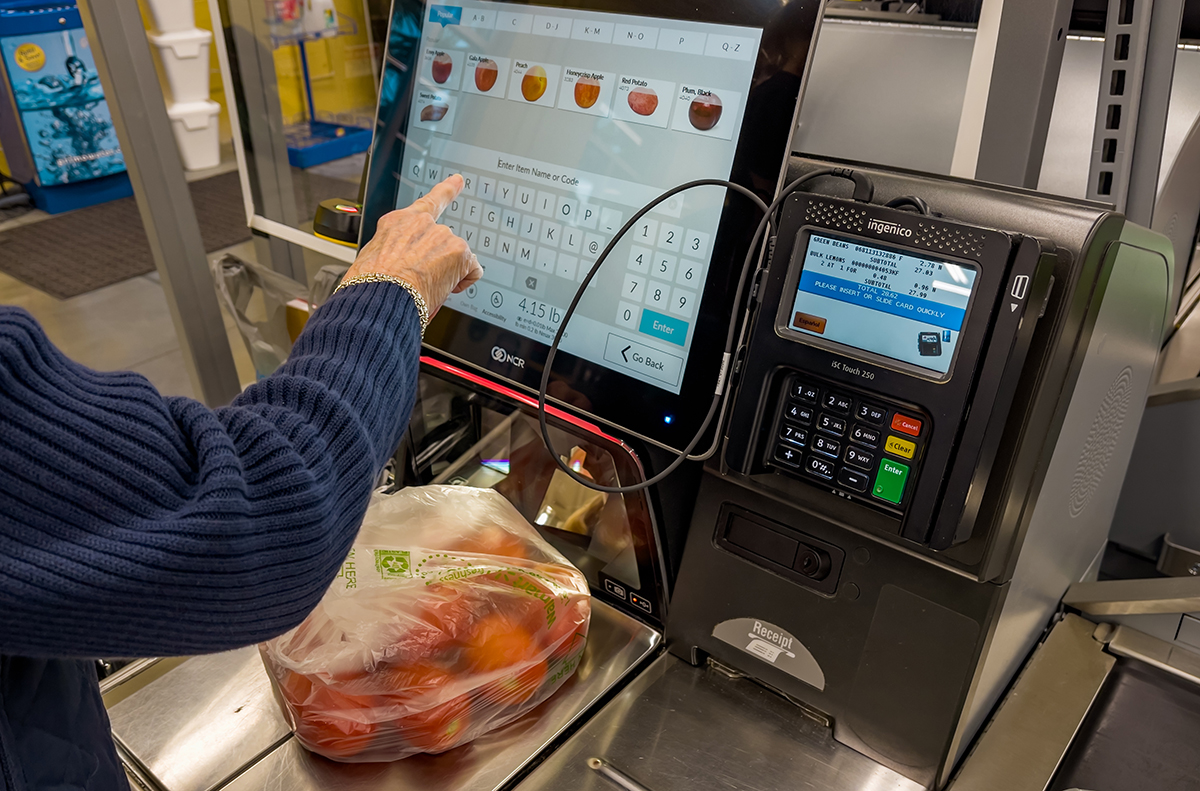By: Mark Baum, Chief Collaboration Officer, Senior Vice President, Industry Relations
 As an avid climber, I strive for the summit, but appreciate and respect the process in helping me “send the crux” in any climb. My quest also requires gear – and lots of it – so in addition to the thrill of experiencing the natural world, I get nearly equal satisfaction shopping outdoor retail outlets. For me, the draw is the ability to test my dynamic ropes or belay devices in the store on a climbing wall, or practice my strategic footing on sharp inclines before purchasing new boots or crampons. The in-store experience is entertaining, and also critical to ensuring my comfort level (and safety) for an actual outdoor adventure.
As an avid climber, I strive for the summit, but appreciate and respect the process in helping me “send the crux” in any climb. My quest also requires gear – and lots of it – so in addition to the thrill of experiencing the natural world, I get nearly equal satisfaction shopping outdoor retail outlets. For me, the draw is the ability to test my dynamic ropes or belay devices in the store on a climbing wall, or practice my strategic footing on sharp inclines before purchasing new boots or crampons. The in-store experience is entertaining, and also critical to ensuring my comfort level (and safety) for an actual outdoor adventure.
The difference in food retail is that I’m not going to literally sample every morsel before I make a purchase, but I can identify immediate, convenient solutions in a mealtime crunch or delight in finding new products. Our U.S. Grocery Shopper Trends 2017 research suggests that food retail remains at a critical juncture where consumers need and want to be involved in their food experiences, similar to shoppers’ involvement in shaping the apparel industry. I’ve always insisted that ‘food is fashion’ and our members are witnessing it firsthand. One of our committee members recently reminded me that if consumers can customize their own shoes, which arbitrarily go on their feet, then consumers will continue to expect food manufacturers and retailers to allow them to be part of the food-making process, affecting their bodies over the short-and long-term – the ultimate manifestation of personalization. And, that has implications for the future formulation and curation of products which will have consequences for the future of brands.
Still, a contributing factor to the challenges ahead for food retailers getting to better know their respective customers, is ongoing channel blurring and fragmentation. This metamorphosis of the food retail landscape is most evident with regard to the further decline of traditional supermarkets as a primary store. While less traditional retailers enjoy more grocery traffic and shopper loyalty, our Trends data note that eight percent of shoppers still claim to have “no primary store.” This is particularly significant because this year we learned how comfortable Millennials have become with using online shopping for their grocery needs.
This move from curiosity to comfort in shopping patterns online is expected to reach $100 billion in the next 10 years, according to our recent findings with FMI’s research partner, Nielsen. The Digitally Engaged Shopper exploration identified that younger, newer and more engaged digital shoppers adopt grocery related digital technologies more quickly and will hasten the expansion of digital grocery shopping further. The need for urgency is paramount for all food retail business owners in light of the need to interpret online shopper data patterns and respond; this is arguably the ascent in our journey to universal digital adoption.
Therefore, from a business perspective, FMI is putting more consideration and resources into the position of the CIO/CTO as a strategic enabler in today’s retail landscape, a departure from their traditional role as the interpreter of techno-talk or the head of a capital-hungry cost center. We will further challenge CEOs and other C-suite executives to co-lead technology discussions and decisions in the board room, and in addition, better meet the changing needs of today’s digitally engaged consumer.
With the help of strategic partners, such as our most recent exploration at the FMI Executive Leadership Forum in June with Nielsen, RangeMe, SAP, The Kroger Co., Cisco and Brookshire Grocery Company, FMI will offer more resources to focus on critical omnichannel infrastructure areas, specifically, digital store operations and commerce; supply chain; marketing and merchandising; and fresh. I’m confident our industry will adapt and take comfort in the traditionally uncomfortable, just like our curious younger echelon of consumers has done. Together, we will navigate this crux in the commerce route together.


 Industry Topics address your specific area of expertise with resources, reports, events and more.
Industry Topics address your specific area of expertise with resources, reports, events and more.
 Our Research covers consumer behavior and retail operation benchmarks so you can make informed business decisions.
Our Research covers consumer behavior and retail operation benchmarks so you can make informed business decisions.
 Events and Education including online and in-person help you advance your food retail career.
Events and Education including online and in-person help you advance your food retail career.
 Food Safety training, resources and guidance that help you create a company food safety culture.
Food Safety training, resources and guidance that help you create a company food safety culture.
 Government Affairs work — federal and state — on the latest food industry policy, regulatory and legislative issues.
Government Affairs work — federal and state — on the latest food industry policy, regulatory and legislative issues.
 Get Involved. From industry awards to newsletters and committees, these resources help you take advantage of your membership.
Get Involved. From industry awards to newsletters and committees, these resources help you take advantage of your membership.
 Best practices, guidance documents, infographics, signage and more for the food industry on the COVID-19 pandemic.
Best practices, guidance documents, infographics, signage and more for the food industry on the COVID-19 pandemic.
